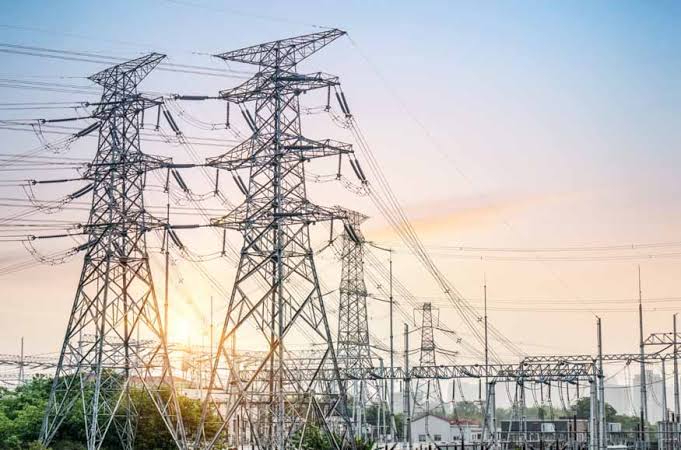According to an International Energy Agency assessment released on Wednesday, Nigeria’s national power grid failed 46 times between 2017 and 2023.
Nigerians had more widespread blackouts in 2023, the paper claims, particularly on September 14 when a large transmission line fire caused the grid to collapse.
IEA revealed that, Nigeria had 46 grid collapses between 2017 and 2023 as a result of frequent power outages.
Ageing infrastructure and vandalism were cited as the reasons behind Nigeria’s grid’s ongoing problems.
Reliability to backup generators for 40% of Nigeria’s electricity usage has reportedly increased due to power infrastructure deterioration.
“Although the nation has over 13 GW of installed capacity overall, a number of issues including failing units, inadequate maintenance, and liquidity problems caused the average available capacity to stay around 4.5 GW in 2023.
The IEA stated that 40% of the nation’s electricity is anticipated to be generated by backup generators as a result of “unreliable power supply due to limited grid infrastructure, underinvestment, and ineffective regulatory frameworks.”
According to the country’s Energy Transition Plan, natural gas was estimated to have generated about 75% of the electricity generated on the main grid in 2023 and would continue to play a significant role in energy supply and grid stabilisation for Nigeria’s power sector until 2030, at which point it would begin to decline.
Additionally, it is anticipated that renewables would rise at a compound annual growth rate of about 8% between 2024 and 2026.
“With a projected 2.6TWh of annual generation, hydropower will account for the majority of renewable energy generated in 2024–2026, primarily as a result of the Zungeru project’s completion.
The report stated, “Over the next three years, solar PV is expected to grow rapidly, with an average rate of above 50% per year.”


